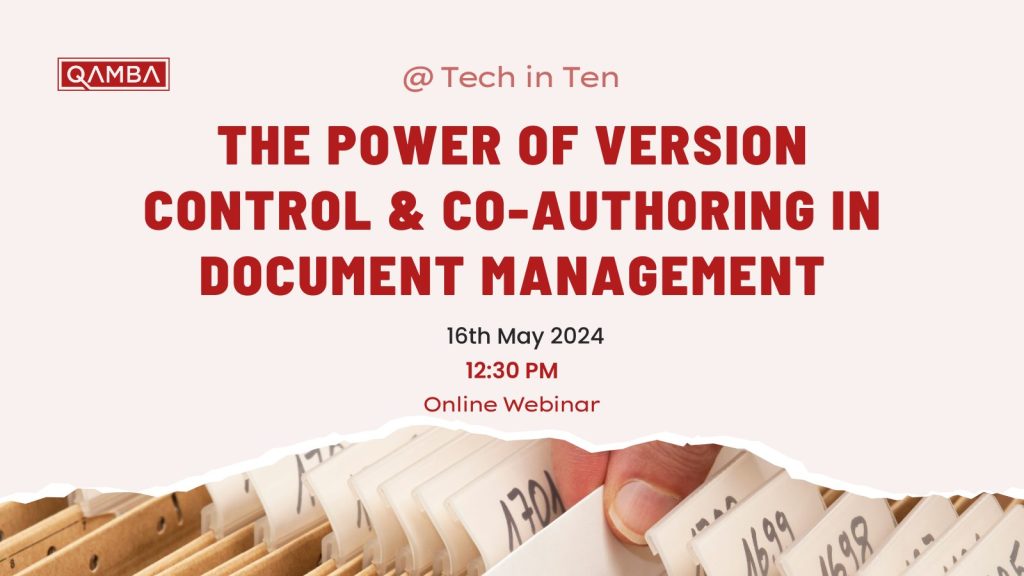Scheduling appointments is a routine activity for many professionals. Salespeople frequently arrange virtual meetings to address product queries. Software companies allow the scheduling of live demos, and telehealth therapists offer the option to book video sessions.
Fortunately, a new feature called Virtual Appointments has been added to Microsoft Teams, which caters to customer engagements by offering a tailored meeting style. This feature will be handy for those who frequently use Teams and other online appointment apps, as it streamlines the process.
Introducing Virtual Appointments in Teams
Virtual Appointments is an all-in-one meeting platform for customer engagements within Microsoft Teams. This feature allows you to schedule, manage, and conduct B2C meetings seamlessly.
This new feature combines the scheduling component with the video conference interface, allowing anyone with the link to join the virtual appointment, regardless of whether they have a Teams account or not.

Microsoft’s scheduling app, Bookings, is now integrated with Teams, making the Virtual Appointments feature even more seamless.
The following features will be available with any Microsoft 365 plan, while some require a premium plan.
Features of Teams Virtual Appointments
Manage Scheduled Appointments
With Virtual Appointments, you can easily view all your scheduled appointments in one place. You can also manage cancellations and time changes with ease.
Send Customized Confirmations and Reminders
Virtual Appointments allows you to send personalized confirmation and reminder messages to your customers via SMS or email. You can also use automation to provide that personal touch without sending each message manually. Automated appointment reminders are another time-saving feature offered by this platform.
Customize Your Waiting Room
Customizing the Teams waiting room will add a unique touch to your virtual engagements with Virtual Appointments. You can utilize themes and logos to brand your business and even chat with attendees while they wait in the lobby. This feature is handy if your current appointment is running a little long, as you can let your next attendee know that you will be with them shortly.
Send Meeting Follow-ups
With Virtual Appointments, you can send follow-up messages after a virtual appointment, reducing the time it takes to provide any promised information. All details are kept in a single place, making tracking and following up with your clients easier.
Track Organization and Department Analytics
With Virtual Appointments’ premium analytics feature, you can track the effectiveness of your appointments and gain visibility into customer appointments across your organization. This feature provides helpful reporting and insights into B2C virtual appointments in all departments, making it easier to evaluate the success of your demos and track sales.
Getting Started with Virtual Appointments
Before using Virtual Appointments in Teams, admins need to set up a few things. Please note that they must be a Bookings admin to access these settings.
Creating a Calendar
Select “Create a calendar” on the Home tab to create a calendar in the Virtual Appointments app. Larger organizations may wish to create various calendars for different departments.
Adding Staff Members
After creating a calendar, you can add staff members (up to 100) and assign them roles. Once added, you can view their availability in both Teams and Outlook. One of the benefits of using an integrated platform like Microsoft 365 is cross-app compatibility, so your calendar syncs seamlessly across apps.
Creating Appointment Types
The next step is to set up your appointment types. You have two options to choose from:
Scheduled: You schedule the day and time, and the system adds these details to the email confirmation.
On-demand (Teams Premium): Customers have the option to choose when to meet from your booking calendar.

Setting Up SMS Notifications (If Desired)
If you use SMS notifications and have the appropriate Teams plan, you can set this up next. This feature allows you to easily send appointment confirmations and reminders via text message.
Note: Currently, attendees must have a valid phone number in the U.S., Canada, or the U.K. to receive SMS notifications.
Link Forms (If Desired)
Virtual Appointments allows you to link up to four cloud-based forms if you want your attendees to fill out any forms. These forms must be created in Microsoft Forms. You can add the link to the form to the email confirmation.
Publish Your Booking Page
Once you’ve set up your appointment types, staff members, and SMS notifications (if desired), you can publish your booking page. This allows customers to book appointments with you directly through the page.
To do this, go to the “Manage” tab in Virtual Appointments and select “Booking page.” From there, turn on the “Publish booking page” to make it available to customers. You can customize the booking page with your branding and messaging.
Maximize Your Microsoft 365 Experience with Our Help
Microsoft 365 is a powerful platform with many features that can improve your team’s productivity and save you money. However, many companies do not utilize all the available tools to their fullest potential.
If you want to optimise your Microsoft 365 experience and maximise your ROI, our team is here to help. Contact Qamba today to schedule a consultation and learn how we can supercharge your Microsoft 365 usage.



